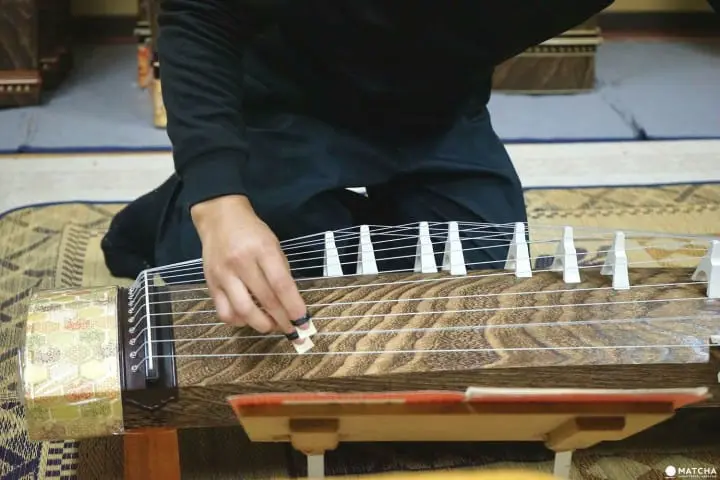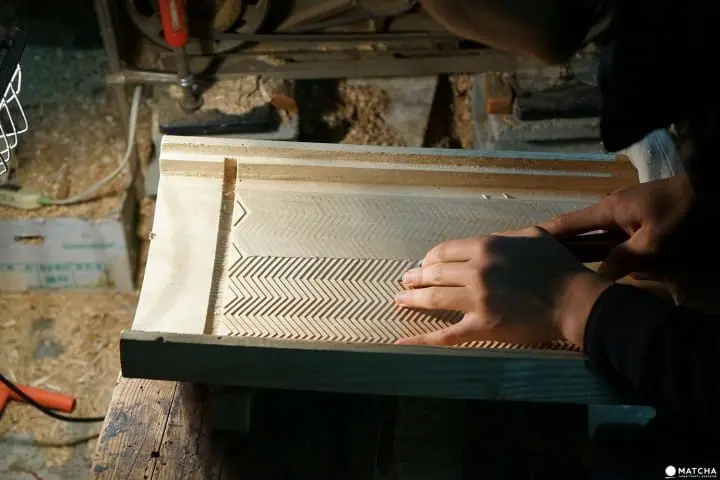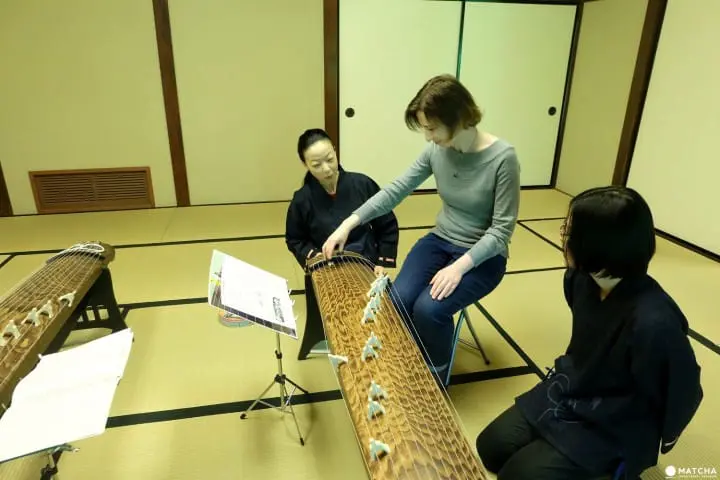Koto - Discover The Sound Of An Amazing Traditional Instrument

The koto is a traditional Japanese instrument with a rich history that enchants music lovers from all around the world with its sound. Learn more about the history of the koto and where you can learn to play it in Japan.
The koto, also known as "Japanese harp", is a Japanese stringed instrument with a rich and detailed history. Unlike western stringed instruments such as violins and guitars, the koto actually consists of 13 strings that are strung over 13 bridges. There is actually one type of koto that has even 20 strings.

The koto is played with your fingers using plectra on three of the fingers to pluck the strings, while the other fingers will hold down the strings to create the notes. The instrument is placed on the floor and comes in different sizes depending on the number of strings it has.

During a koto performance, the koto player will be seated with the instrument in front of them, often wearing traditional Japanese attire such as a yukata or kimono. Experiencing a koto performance is a beautiful addition to the exploration of Japanese culture, and one of the most relevant cultural experiences when it comes to Japanese traditional music.
History of the Koto

The koto stems from the similar Chinese instrument called zheng and shares many of its features in terms of playing style and sound. The main difference consists in the number of strings.

After the instrument was introduced in Japan in the 7th century, it developed in size and shape reaching the 13-string version which is the standard now. Until the Meiji period, koto music was very popular within aristocratic circles. During and after the Meiji period when western musical styles started to influence Japanese culture, the koto lost some of is popularity.
The Structure of a Koto

The koto is a wooden instrument with strings made of silk or nylon. Depending on the wood type, the quality of the sound and the price of the koto will vary. One of the most common materials for the body of the koto is paulownia wood.
Like a guitar, the strings are strung over bridges, but unlike traditional western instruments, each string of the koto will have its own bridge. Usually, the instrument is about 190 cm long, but the more strings it has, the longer it will be and more space it will require.
Learn to Play the Koto
If you are interested in learning to play or experiencing the koto instrument for yourself, we recommend visiting the local cultural center in the city you are visiting for information on classes. If you are in a major city like Tokyo or Kyoto, several workshops and classes should be available for you to experience and learn about Japanese traditional music.

These workshops can span from one day to a weekend or even to several weeks. The koto is part of traditional Japanese culture, and courses will often cater to visitors from abroad as well. During a one-hour course, you can learn to play a traditional song. Most often these types of classes will be instructed in English are have an English interpreter available.
There are two styles, or schools, of playing the koto. One is the Ikuta style, which uses square-edged picks, and the other style is the Yamada style, which uses round-edged picks. Taking classes in koto playing will be especially interesting for people who have experience in playing string instruments, but beginners will also most surely enjoy taking lessons at a koto schools in Japan. We highly recommend trying it!
If you would like to know how the koto sounds, check out the video below. It's an interpretation of a song titled "Like A Bird" composed by Sawai Tadao (1937 - 1997), a renowned contemporary Japanese composer.
You May Also Like
Fukujukaikan Hall, Fukuyama - Play The Koto And Get A Kimono Dress Up!
4 Places In Fukuyama Where You Can Experience Japan's Traditions
Sapporo 500m - A Public Gallery To Experience Art On The Go
Goryokaku Tower - Enjoy A Breathtaking View Of Hakodate City!
Kagami Biraki - Celebrating The Transition To A New Stage In Life
Discovering Japan by travelling.


































![[Coupon Available] Attention Overseas Winter Sports Fans! Nagano's Sports Depot Has Evolved](https://resources.matcha-jp.com/resize/720x2000/2026/01/05-254819.webp)
![[2 hours from Tokyo ] 10 Quiet and Breathtaking Views of Mount Fuji in Yamanashi Hokuto City , Yamanashi - Part 2](https://resources.matcha-jp.com/resize/720x2000/2025/12/16-253037.webp)
